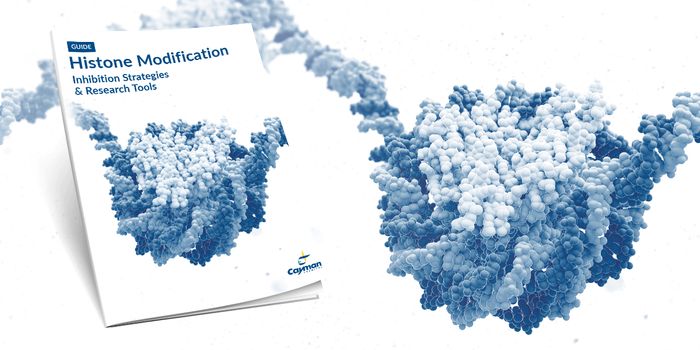How the Kava Plant Creates Medicinal Compounds
Nature has given us some of our best medicines; it’s thought that as many as half the drugs we have used are derived from natural products, including aspirin, penicillin, and morphine, among others. Researchers are now learning more about the compounds generated by the Kava plant, which has been used in the customs of the people of Polynesia for thousands of years. It has been gaining widespread attention recently for its reputed anti-anxiety and pain-relieving qualities, because of the kavalactones it makes. These medicinal compounds seem to be non-addictive.
Kavalactones may represent a good alternative to opioid-based pain relievers, and appear to impact the body in a different way. Kava supplements can already be found in stores, and may be poised to enter a wide market. However, growing Kava plants, which can only be propagated with cuttings, takes time. Kavalactones are difficult to obtain in large quantities, hindering research on the molecules.
Work from the team of MIT associate professor of biology Jing-Ke Weng and postdoctoral researcher Tomáš Pluskal, which was reported in Nature Plants, outlines a method for creating large quantities of kavalactones and variants that aren’t found in nature. These variants could be safer, or more effective.
“We’re combining historical knowledge of this plant’s medicinal properties, established through centuries of traditional usage, with modern research tools in order to potentially develop new drugs,” Pluskal said.
While a protein could be potentially be made by a bacterial factory if the gene encoding for the protein is delivered into a bacterium, there is not one single kavalactone gene; the molecules are made through a series of chemical steps that add or remove bits to make the final product. The researchers had to decipher the chemical process, and the enzymes that make it happen, in order to produce kavalactones.
Further complicating the research was the massive Kava genome, which contains 130 chromosomes. Instead of sifting through the genome, the investigators focused on active genes by studying RNA. Kavalactones are also very similar to plant metabolites called chalcones. An enzyme invoived in producing chalcones gave the researchers a starting point; they looked for genes like the one encoding for this enzyme. Then they identified the genes that create proteins that modify a backbone to make many different kavalactones.
Once these enzymes, the genes that encode for them and the pathways they use were all identified, the researchers tested them in bacteria. They had finally created biofactories for generating kavalactones. They can also now modify these genes to improve on the process.
“There’s a very urgent need for therapies to treat mental disorders, and for safer pain relief options,” Weng said. “Our model eliminates several of the bottlenecks in drug development from plants by increasing access to natural medicinal molecules and allowing for the creation of new-to-nature molecules.”
Sources: MIT News, Nature Plants








